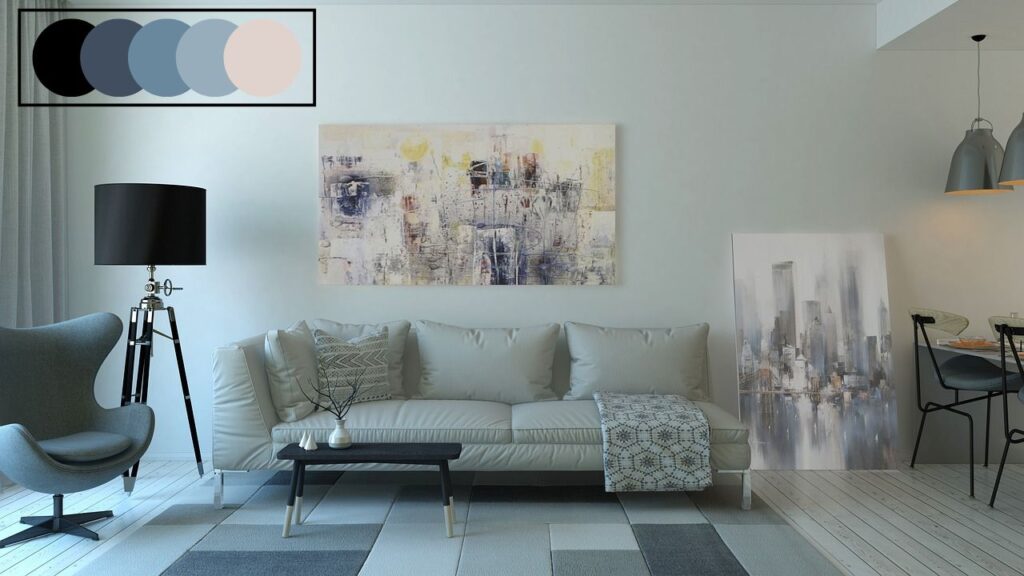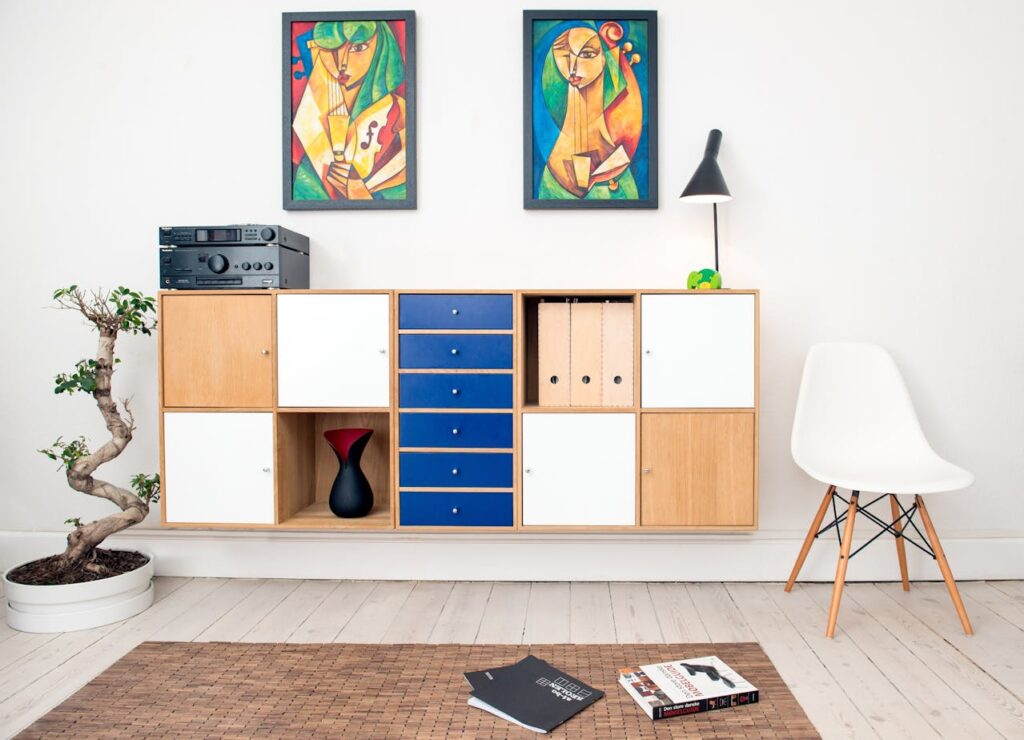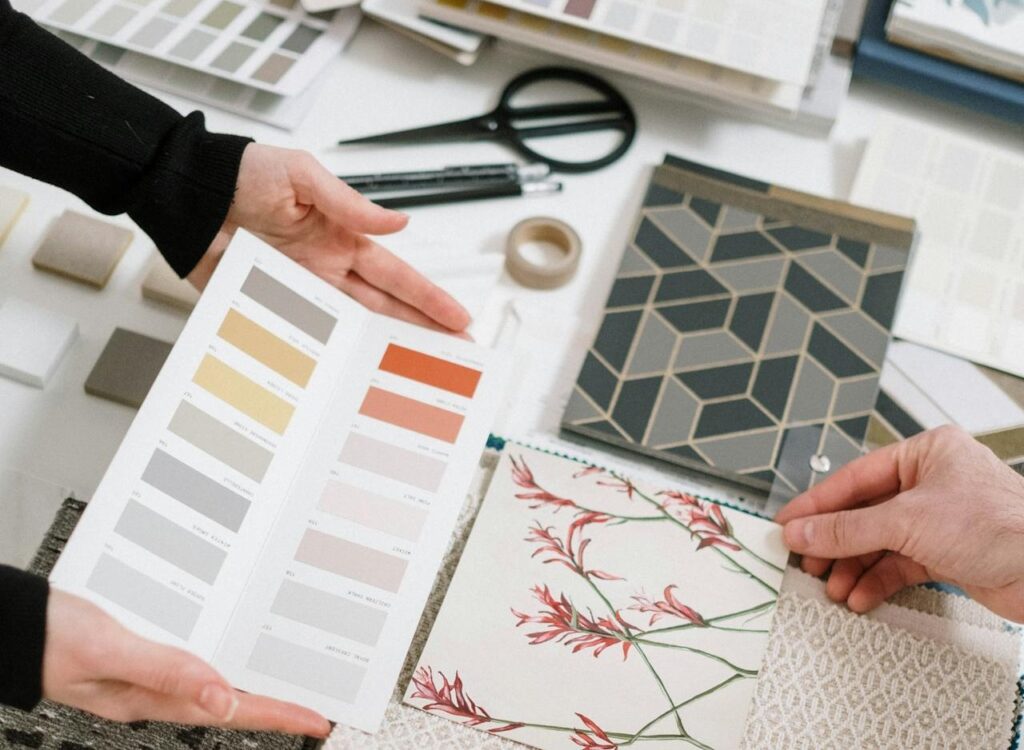
Choosing the right color palette for your home is an exciting yet often overwhelming task. Colors do more than decorate; they influence mood, set the tone for a room, and create a cohesive flow throughout your home. Whether you’re starting from scratch or simply refreshing your space, understanding how to select and use colors effectively is essential. This guide walks you through the process in a clear, organized way to help you create a harmonious and inviting home.
Understanding the Basics of Color

Color theory provides the foundation for making informed choices. Colors are categorized into three primary types: primary, secondary, and tertiary. Primary colors, such as red, blue, and yellow, are the building blocks for all other hues. Secondary colors, like green, orange, and purple, are created by mixing primary colors. Tertiary colors are nuanced shades that blend primary and secondary hues, offering an even broader range of possibilities.
It’s also important to understand the distinction between warm and cool colors. Warm colors, including red, orange, and yellow, create energy and warmth, making them perfect for social spaces like living rooms and dining areas. Cool colors, such as blue, green, and purple, are calming and work well in areas where relaxation is the priority, like bedrooms or bathrooms.
Starting with a Neutral Foundation
Neutral tones are a reliable starting point when building your color palette. They provide versatility, balance, and a clean canvas for layering other colors. Soft whites, beiges, grays, and taupes are timeless options that suit a variety of styles. For a crisp and modern look, white or off-white tones work beautifully, while beige and taupe add warmth. Gray is another popular choice, offering sophistication and flexibility to pair with either warm or cool accents.
Creating Balance with the 60-30-10 Rule

A practical method for achieving visual balance in any room is the 60-30-10 rule. This guideline suggests using a dominant color for 60% of the room, often seen in walls or large furniture pieces. The secondary color, occupying 30%, is ideal for upholstery, curtains, or rugs. The final 10% is your accent color, perfect for small decor items like cushions, artwork, or decorative vases. This ratio ensures a cohesive yet visually interesting design.
Considering Natural Light
Lighting plays a critical role in how colors appear in a room. Observe the natural light in each space and how it changes throughout the day. North-facing rooms, which tend to have cooler light, benefit from warm color tones to balance the space. South-facing rooms, with abundant warm light, can accommodate cooler or vibrant colors. East-facing rooms are suited to soft, warm tones in the morning and cooler shades in the afternoon. West-facing rooms shine with rich, warm colors, particularly during sunset. Understanding your lighting conditions helps you choose colors that enhance the room’s ambiance.
Testing Your Color Choices
Before committing to a color, it’s wise to test samples on your walls. Apply swatches in different areas of the room and observe how they look under various lighting conditions, both natural and artificial. Live with the samples for a few days to ensure you’re happy with the choice before painting the entire room.
Maintaining a Cohesive Flow
While each room can have its own personality, maintaining a cohesive flow throughout your home is essential. Using a common thread, such as a shared neutral or accent color, ties spaces together. You can achieve this by selecting shades from the same color family or using complementary colors for a more dynamic transition between rooms. This creates a sense of continuity and ensures your home feels unified.
Drawing Inspiration
If you’re unsure where to begin, look to sources of inspiration around you. Nature is an excellent muse, with its calming blues of the ocean, earthy greens of forests, and neutral tones of sand and stone. Artwork is another rich source of inspiration; pull colors from a favorite piece to create a palette. Even your wardrobe can be a guide, as the colors you naturally gravitate toward often reflect your personal style.
Avoiding Common Mistakes

When choosing a color palette, avoid common pitfalls such as overloading on bold colors, which can overwhelm the space. Balance bold shades with neutral tones to create harmony. Pay attention to undertones, as even subtle variations can clash if not tested. Skipping a color plan altogether can result in a disjointed and chaotic look, so take the time to create a thoughtful and intentional palette.
Final Tips for Choosing Your Color Palette

Designing your home’s color palette is a personal journey, reflecting your style and personality. Start small by experimenting with one room or an accent wall. If you feel unsure, consult with professionals or take advantage of color tools available at paint stores. Ultimately, trust your instincts and choose colors that make you feel comfortable and happy.

